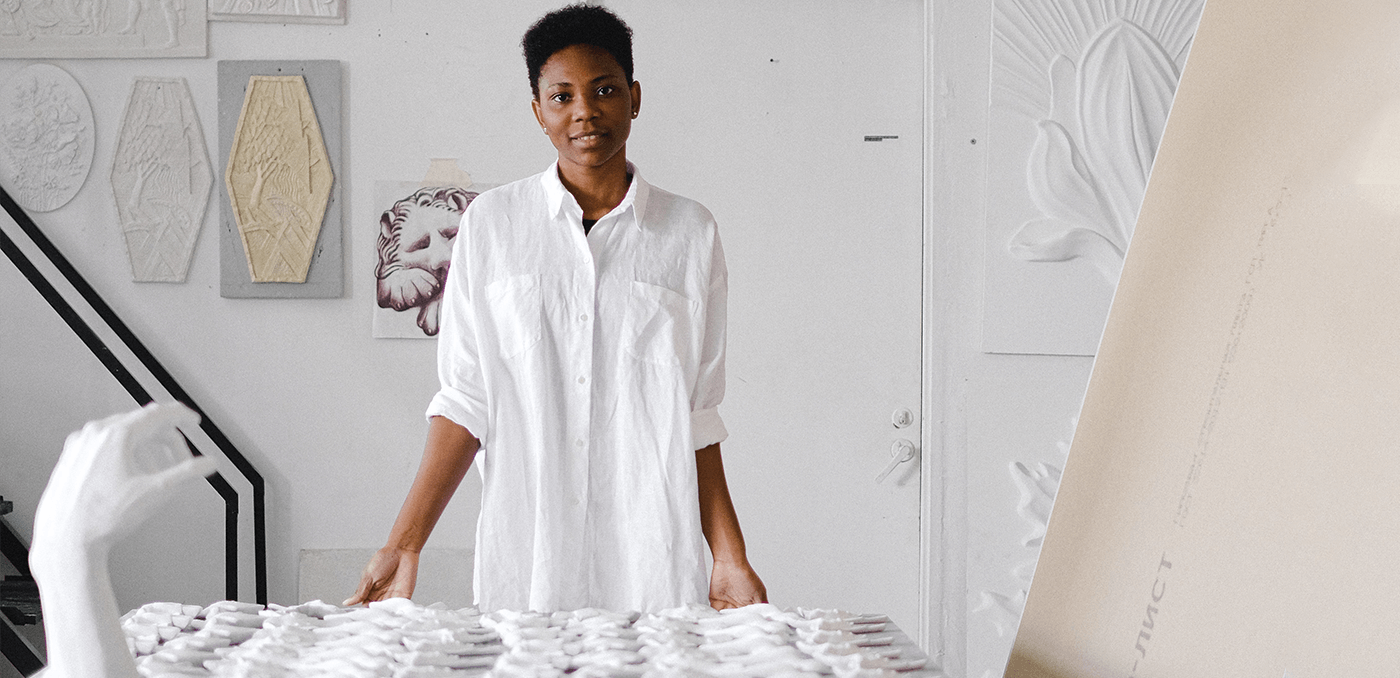
What's the difference between amortisation and depreciation?
It’s important to know the difference between amortisation and depreciation when you’re managing assets. Find out what you need to know about assets and how to manage them in your accounting.
First, what are assets?
An asset is something that you own in your business that has value. Examples of assets are: cash, machinery, property and inventory.
There are different types of assets you can have in a business:
- Fixed assets are used over a long period of time, and are subject to amortisation or depreciation.
- Current assets are used within an accounting period, and therefore don’t need to be managed in the same way.
Whether your asset is current or fixed, it can be one of two types of asset:
- Tangible asset: a physical asset for your business, like a piece of machinery.
- Intangible asset: assets that aren’t physical but benefit your business, like a license.
What is depreciation?
Depreciation is how you spread the cost of tangible fixed assets over their ‘useful lifetime’.
There two main ways you can depreciate an asset in accounting:
- Straight line depreciation: your fixed asset depreciates based on the purchase price. It is normally by the same amount each year. You choose to use straight line depreciation when the asset is just as useful in its first year as it is in its final year of use.
- Reducing balance depreciation: fixed assets depreciate based on a fixed percentage of the current value at the end of the year. You choose reducing balance when the asset becomes less useful over time, so the amount affecting profit and loss reduces each year.
What is amortisation?
Amortisation is the method for spreading the cost of intangible fixed assets.
Amortisation is similar to depreciation in that you spread the cost of the asset over its lifetime. It’s most common to use a straight line basis to spread the cost equally over time.
Do your accounting with Bokio
With Bokio’s accounting software, you can do your bookkeeping, and invoicing in the same place. We have everything you need to help you prepare for your Self Assessment tax return, submit your VAT Return for Making Tax Digital and keep the right financial records. If you need an extra hand, we can help you find an accountant to work with.
Accounting is kept simple with Bokio, so you have more time to spend running your business.

